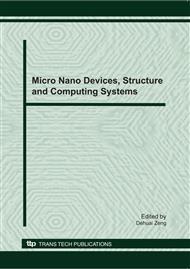p.105
p.111
p.116
p.124
p.128
p.132
p.138
p.144
p.149
Semantic Enabled 3D Object Retrieval
Abstract:
In the case of traditional 3D shape retrieval systems, the objects retrieved are based mainly on the computation of low-level features that are used to detect so-called regions-of-interest. This paper focuses on obtaining the retrieved objects in a machine understandable and intelligent manner. We explore the different kinds of semantic descriptions for retrieval of 3D shapes. Based on ontology technology, we decompose a 3D objects into meaningful parts semi-automatically. Each part can be regarded as a 3D object, and further be semantically annotated according to ontology vocabulary from the Chinese cultural relics. Three kinds of semantic models such as description semantics of domain knowledge, spatial semantics and scenario semantics, are presented for describing semantic annotations from different viewpoints. These annotated semantics can accurately grasp complete semantic descriptions of 3D shapes.
Info:
Periodical:
Pages:
128-131
Citation:
Online since:
December 2010
Authors:
Keywords:
Price:
Сopyright:
© 2011 Trans Tech Publications Ltd. All Rights Reserved
Share:
Citation:


